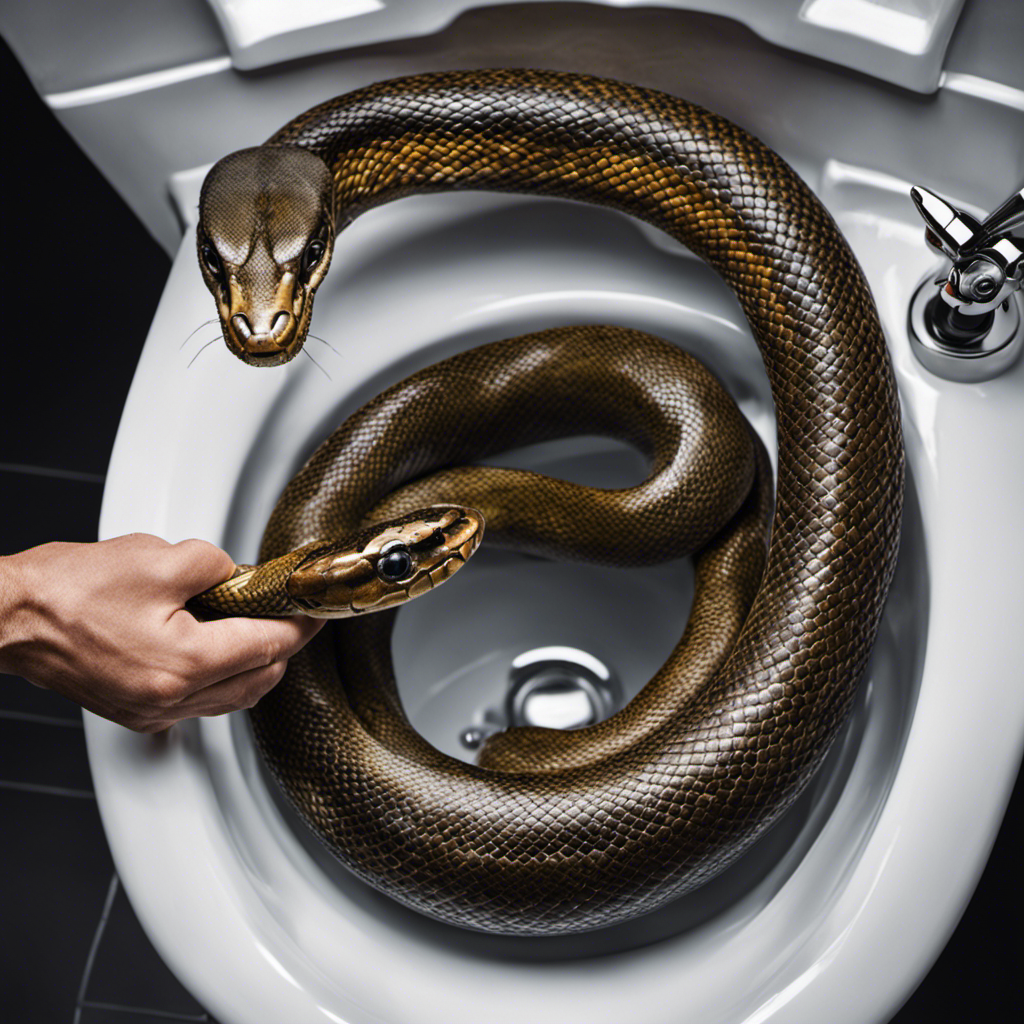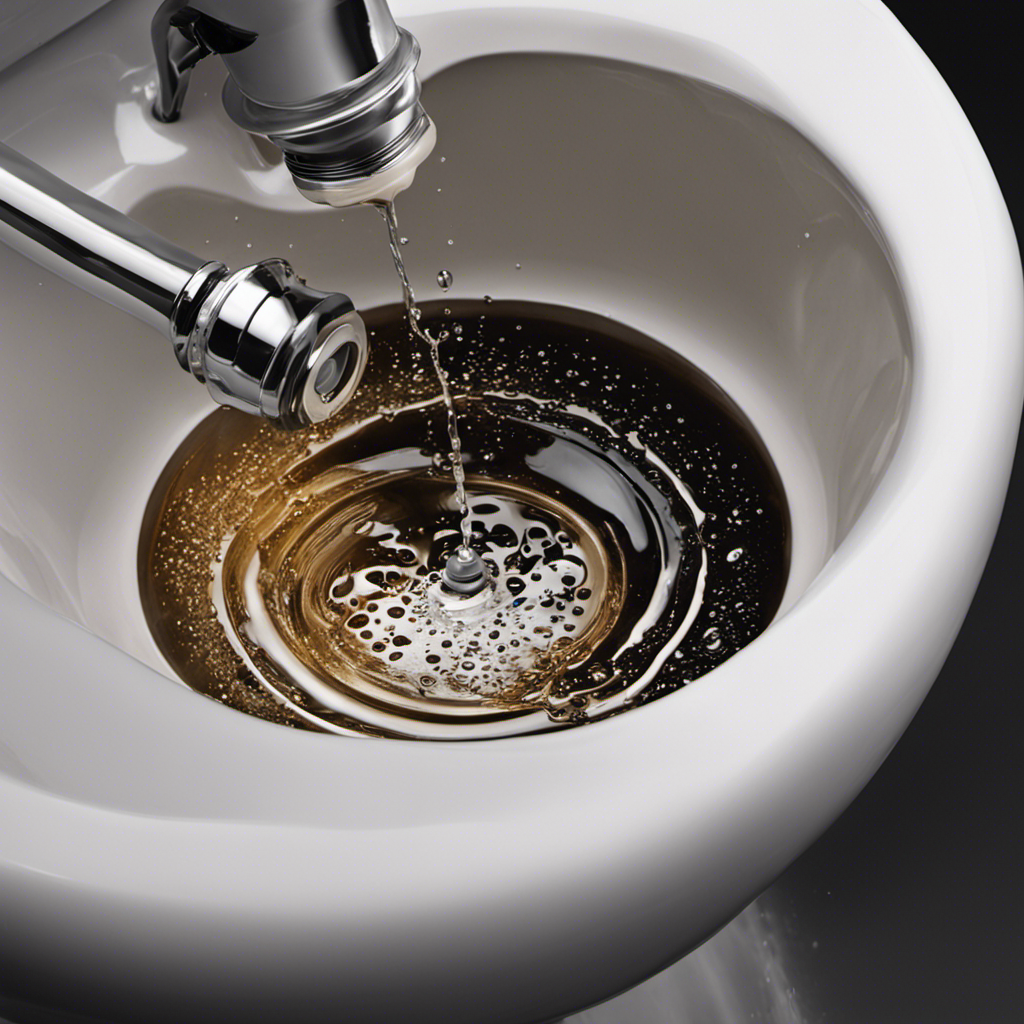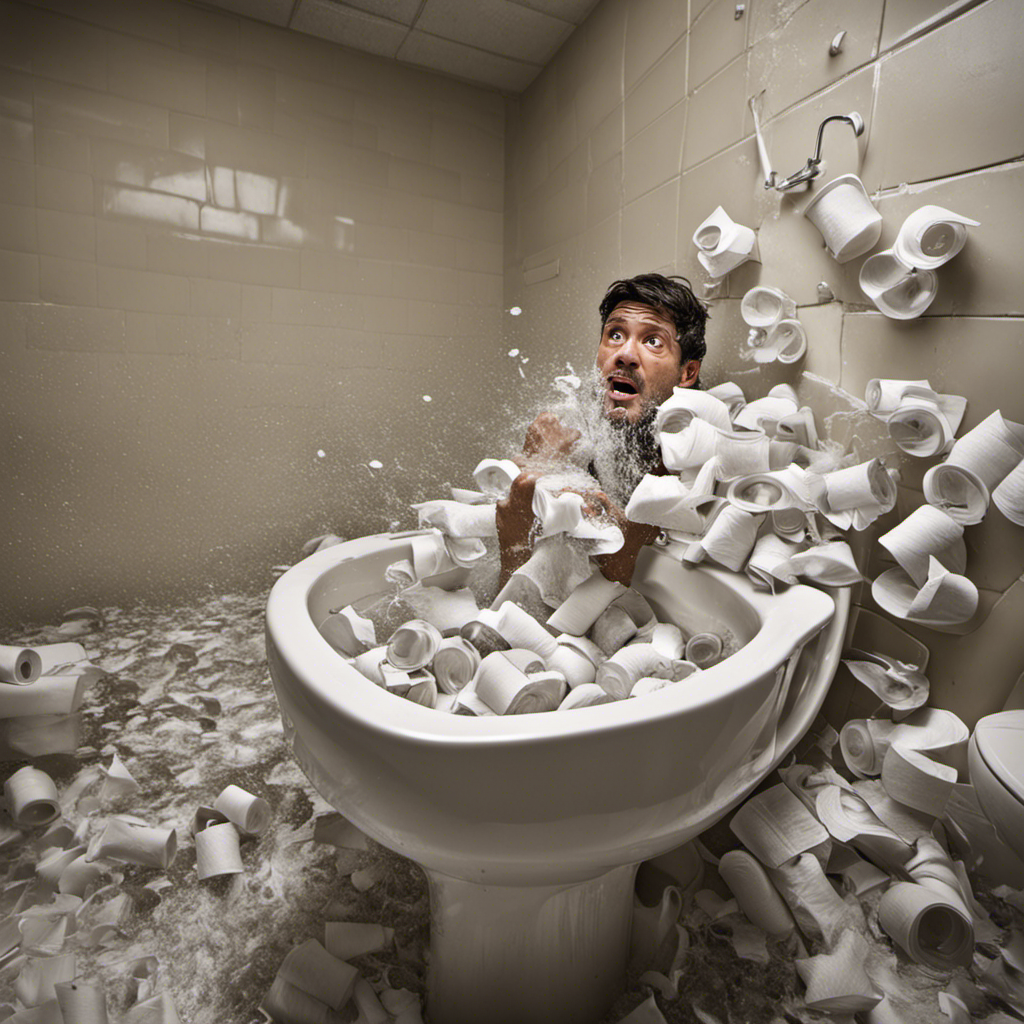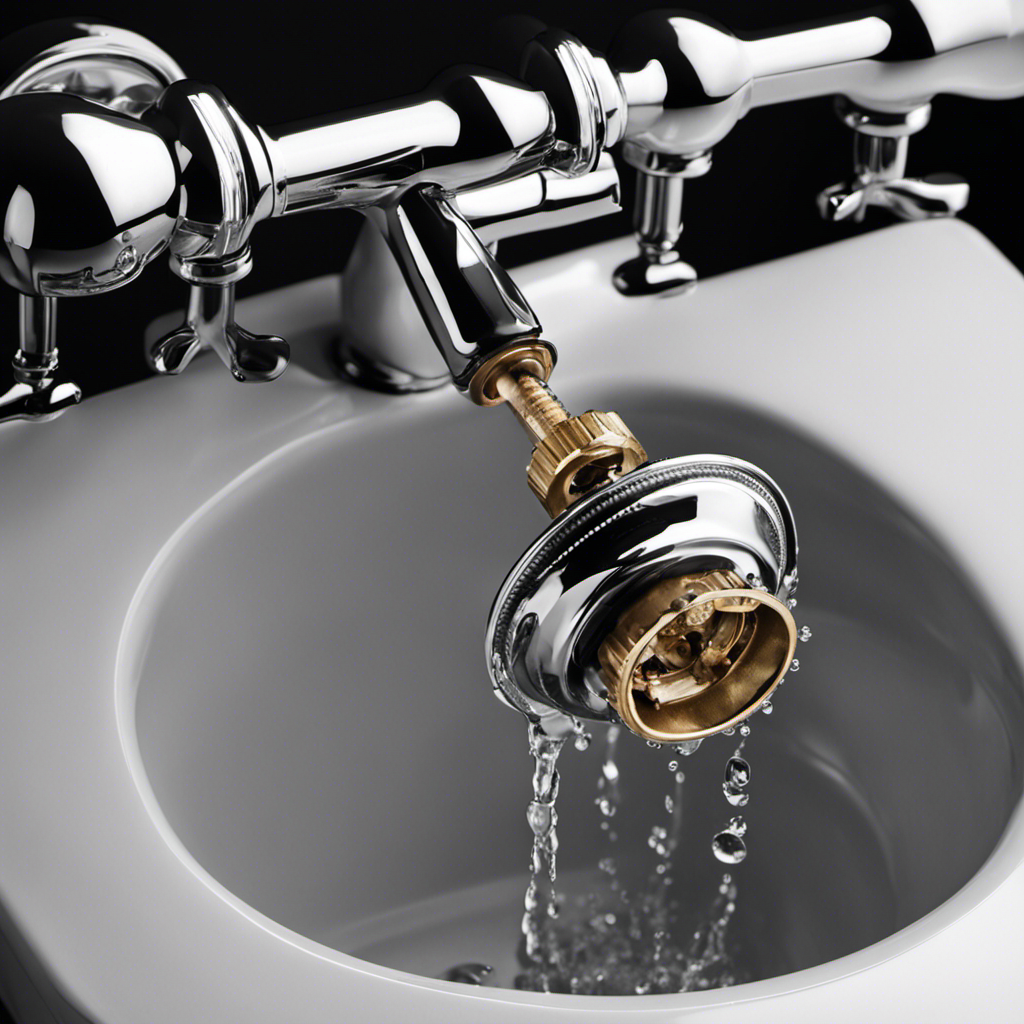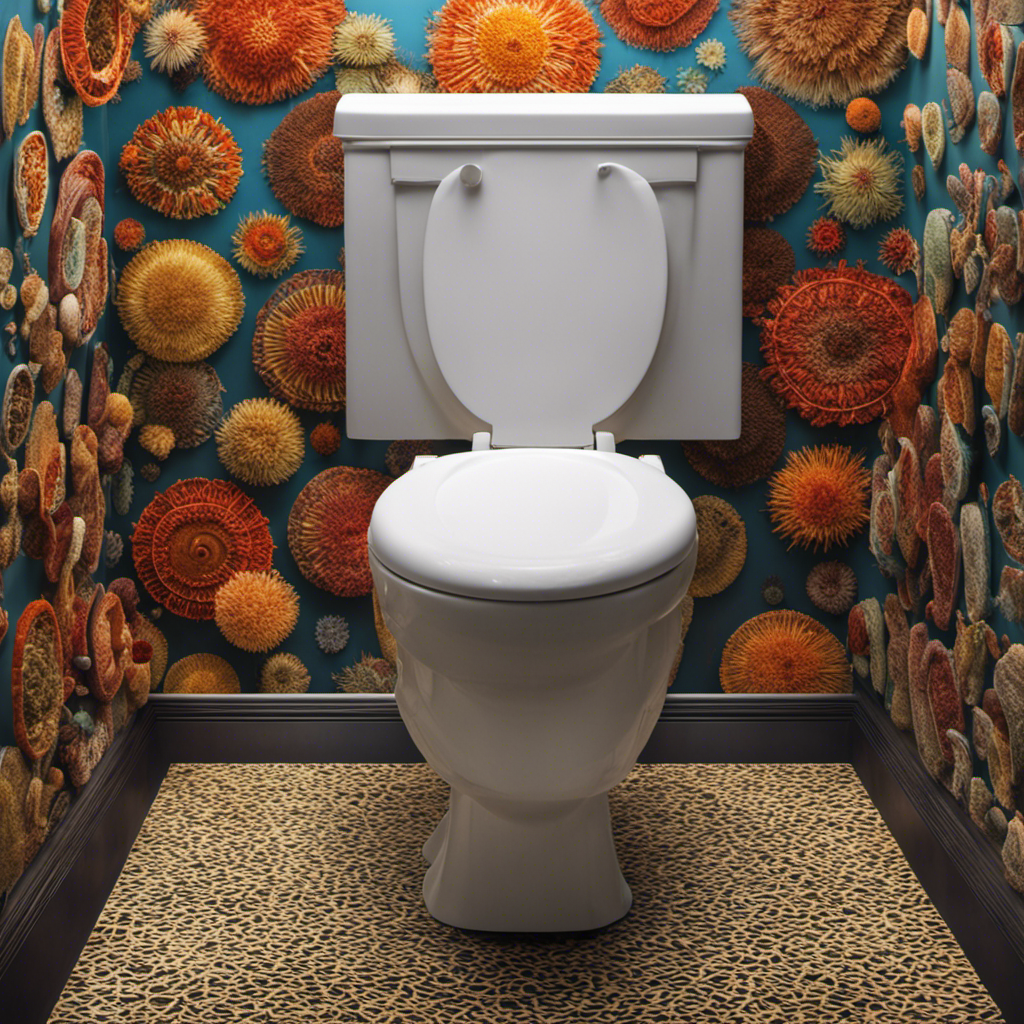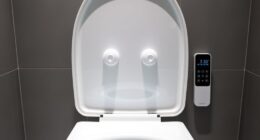I’ve been there – standing in a bathroom, desperately holding a plunger, hoping it will magically unclog the toilet. But sometimes, a plunger just won’t do the trick. That’s where snaking a toilet comes in.
In this article, I’ll guide you through the process of snaking a toilet, step-by-step. You’ll learn the importance of this technique, the tools you’ll need, and how to avoid common mistakes.
So, let’s get started and say goodbye to toilet clogs once and for all.
Key Takeaways
- Snaking a toilet prevents clogs and maintains proper plumbing function.
- Professional snaking services are better for stubborn or recurring clogs.
- Professional plumbers have specialized tools and expertise for effective clog removal.
- Regular maintenance and proper use of a plunger can help prevent toilet clogs.
The Importance of Snaking a Toilet
Snaking a toilet is essential for preventing clogs and maintaining proper plumbing function. When it comes to unclogging a toilet, there are a few options available.
One alternative is using a plunger, which can be effective for minor clogs. However, for more stubborn clogs or recurring issues, professional toilet snaking services offer several benefits.
Firstly, professional plumbers have specialized tools and expertise to effectively remove clogs and restore proper drainage. They can also inspect the plumbing system for any underlying issues that may contribute to clogs.
Additionally, professional snaking services can save you time and effort compared to trying to unclog the toilet yourself. So, if you’re facing a persistent or severe clog, calling in a professional plumber for toilet snaking can provide a reliable and efficient solution.
Tools and Materials Needed for Snaking a Toilet
Before starting, make sure you have all the necessary tools and materials for the job. When dealing with a stubborn toilet clog, having the right equipment is crucial for a successful DIY plumbing project. Here is a list of essential tools and materials you will need:
| Tools | Materials |
|---|---|
| Toilet auger/snake | Rubber gloves |
| Plunger | Bucket |
| Adjustable wrench | Towels |
| Pipe wrench | Old newspaper |
The toilet auger or snake is the star of the show when it comes to tackling a toilet clog. It is a long, flexible tool designed to reach deep into the pipes and break up the blockage. Rubber gloves are essential for hygiene and protection. A plunger will help create the necessary pressure to dislodge the clog. The adjustable wrench and pipe wrench are useful for loosening and tightening any connections that may need adjustment. Don’t forget to have a bucket, towels, and old newspaper on hand to catch any water or mess that may occur during the process.
Now that you have gathered all the necessary tools and materials, let’s move on to the step-by-step guide to snaking a toilet.
Step-by-Step Guide to Snaking a Toilet
Once you have all the necessary tools and materials, it’s time to dive into the step-by-step guide for clearing a stubborn clog in your toilet. Here’s how you can tackle the issue with some DIY plumbing:
-
Assess the situation: Determine the severity of the clog by observing how the water drains. If it’s a minor blockage, you might be able to fix it with a plunger.
-
Prepare the snake: Extend the snake fully and ensure the rubber sleeve is attached securely. Don’t forget to wear gloves and eye protection before proceeding.
-
Insert the snake: Gently insert the snake into the toilet drain until you feel some resistance. This means you’ve reached the clog.
-
Rotate and push: Rotate the snake handle clockwise while applying moderate pressure. This will help break up the clog. Continue pushing the snake further into the drain.
-
Retrieve the snake: Slowly retract the snake, maintaining a steady rotation. This will gather the debris and clear the clog.
Common Mistakes to Avoid When Snaking a Toilet
One common mistake to avoid when clearing a stubborn clog is not wearing gloves and eye protection. Safety should always be a priority when dealing with toilets and potential contaminants. In addition to this, there are other common mistakes that can hinder the effectiveness of snaking a toilet. It’s important to use the proper technique and troubleshoot common issues that may arise during the process. To help you understand better, here is a table outlining these mistakes and their solutions:
| Common Mistake | Solution |
|---|---|
| Using too much force | Use gentle, steady pressure |
| Not inserting the snake far enough | Push the snake at least 3 feet into the drain |
| Not cleaning the snake after use | Rinse the snake thoroughly with water and disinfectant |
Tips for Maintaining a Snaked Toilet
To keep your bathroom plumbing in good condition, it’s important to regularly clean and disinfect the tools you use for snaking a clog. Here are some tips for maintaining a snaked toilet:
- Use a plunger regularly to prevent clogs from forming.
- Avoid flushing excessive amounts of toilet paper or foreign objects down the toilet.
- Be mindful of signs of a clogged toilet, such as slow draining or water backing up.
When snaking a toilet, wear gloves and protective eyewear to prevent any contact with bacteria or waste. After snaking a toilet, clean and disinfect the snake tool thoroughly to prevent the spread of germs.
Frequently Asked Questions
How Often Should I Snake My Toilet?
I snake my toilet regularly to prevent clogs and maintain proper functioning. Regular toilet snaking is beneficial as it helps remove any buildup and keeps the pipes clear. It is recommended to snake your toilet every few months.
Can I Use a Regular Plunger Instead of a Snake to Unclog My Toilet?
No, a regular plunger is not as effective as using a snake to unclog a toilet. Snakes have benefits like reaching deeper into the pipes and breaking up stubborn clogs.
Is Snaking a Toilet a DIY Task or Should I Hire a Professional Plumber?
Snaking a toilet can be a DIY task if you’re comfortable with basic plumbing. It’s cost-effective and can save you from hiring a professional plumber. However, consider the pros and cons, as some clogs may require professional expertise.
What Are the Potential Risks or Damages That Can Occur if I Don’t Snake My Toilet Regularly?
Potential risks and damages can occur if I don’t snake my toilet regularly. Clogs can build up, causing overflowing and water damage. It’s crucial to address these issues promptly to prevent costly repairs.
Are There Any Alternative Methods to Unclog a Toilet Apart From Using a Snake?
When it comes to unclogging a toilet, there are alternative methods to using a snake. The pros of using a plunger include affordability and ease of use, while the cons include limited effectiveness for stubborn clogs.
Conclusion
In conclusion, snaking a toilet is a crucial task that can save you from potential plumbing disasters. By following the step-by-step guide and using the necessary tools and materials, you can effectively clear any clogs and ensure proper toilet function.
Remember, avoiding common mistakes and regularly maintaining a snaked toilet will keep it running smoothly for years to come. So, don’t hesitate to tackle this practical task and enjoy the peace of mind that comes with a well-functioning toilet.
Get ready to bid farewell to any clogs with confidence and expertise!
